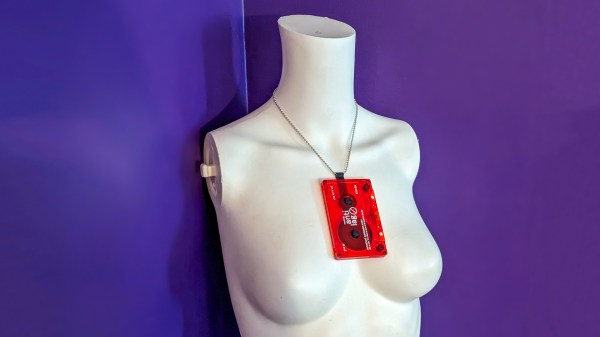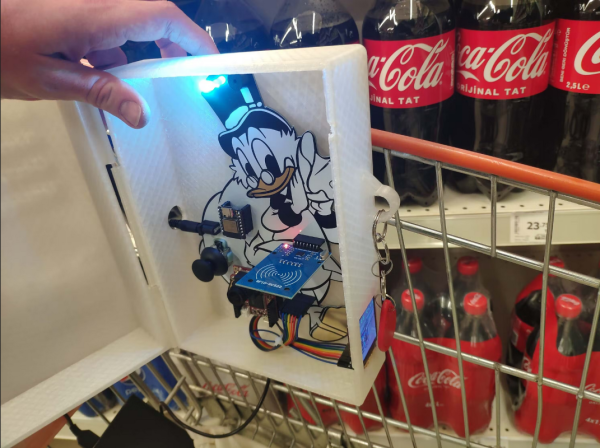Thanks to modern microcontrollers, basic home automation tasks such as turning lights on and off, opening blinds, and various other simple tasks have become common DIY projects. But with the advent of artificial intelligence and machine learning the amount of tasks that can be offloaded to computers has skyrocketed. This shopping cart that automates away the checkout lines at grocery stores certainly fits into this category.
The project was inspired by the cashierless Amazon stores where customers simply walk into a store, grab what they want, and leave. This is made possible by the fact that computers monitor their purchases and charge them automatically, but creator [kutluhan_aktar] wanted to explore a way of doing this without a fleet of sensors and cameras all over a store. By mounting the hardware to a shopping cart instead, the sensors travel with the shopper and monitor what’s placed in the cart instead of what’s taken from a shelf. It’s built around the OpenMV Cam H7, a microcontroller paired with a camera specifically designed for these types of tasks, and the custom circuitry inside the case also includes WiFi connectivity to make sure the shopping cart can report its findings properly.
[kutluhan_aktar] also built the entire software stack from the ground up and trained the model on a set of common products as a proof-of-concept. The idea was to allow smaller stores to operate more efficiently without needing a full suite of Amazon hardware and software backing it up, and this prototype seems to work pretty well to that end. If you want to develop a machine vision project on your own with more common hardware, take a look at this project which uses the Raspberry Pi instead.














